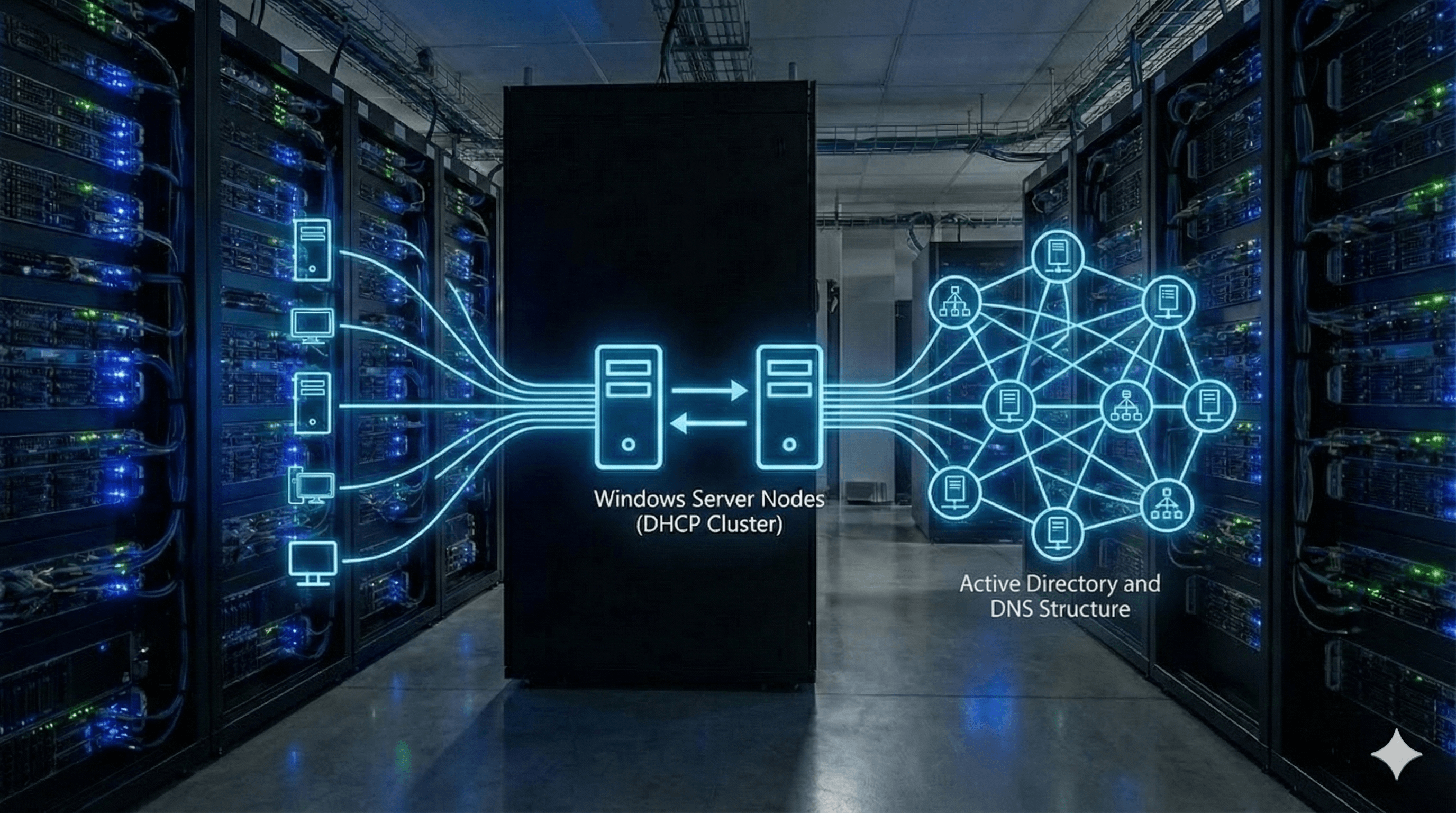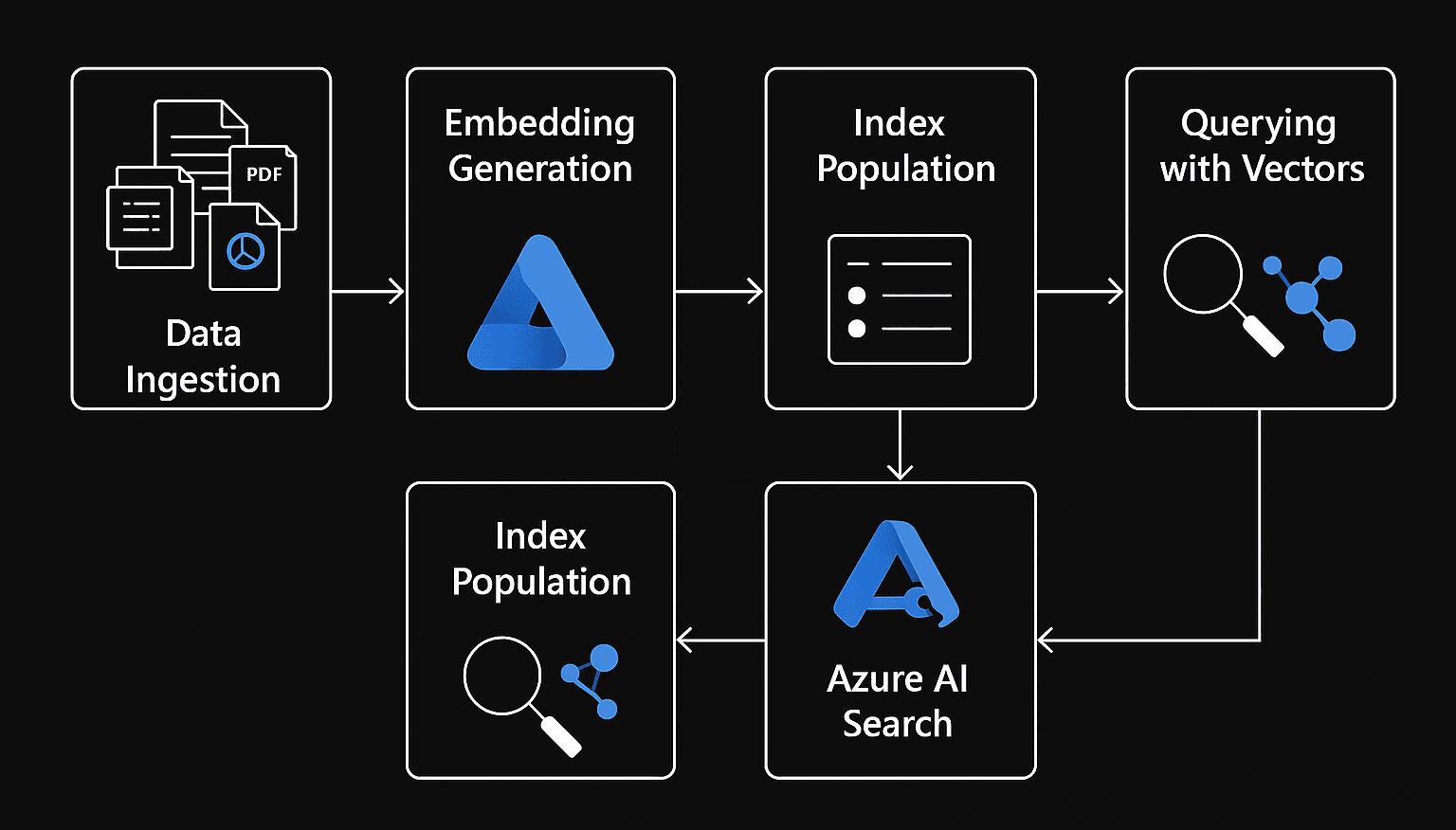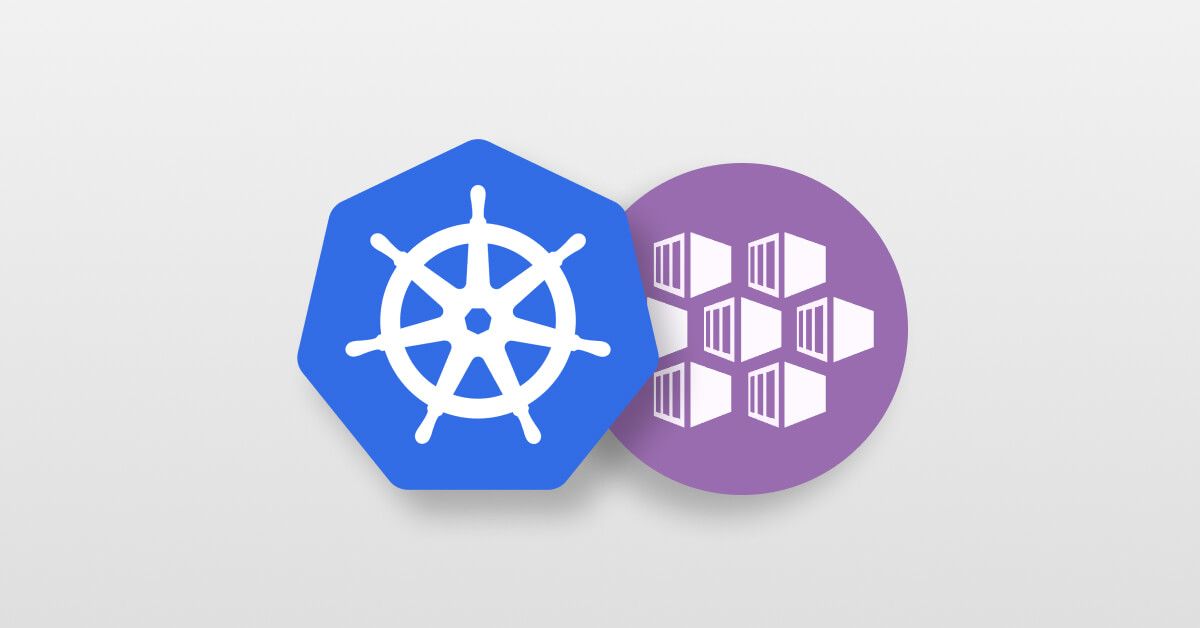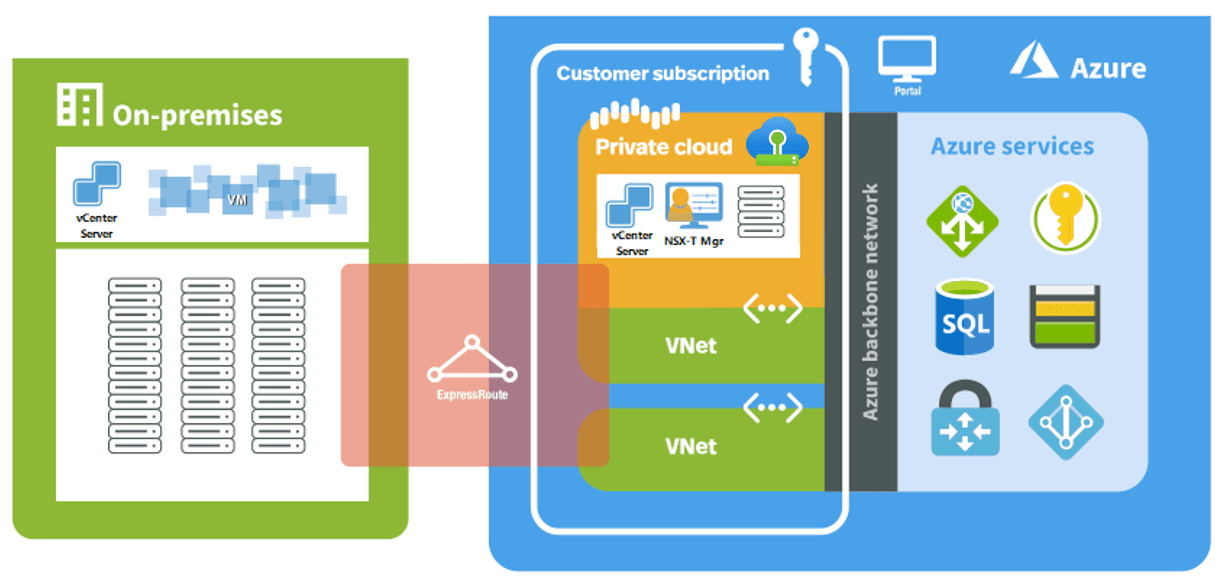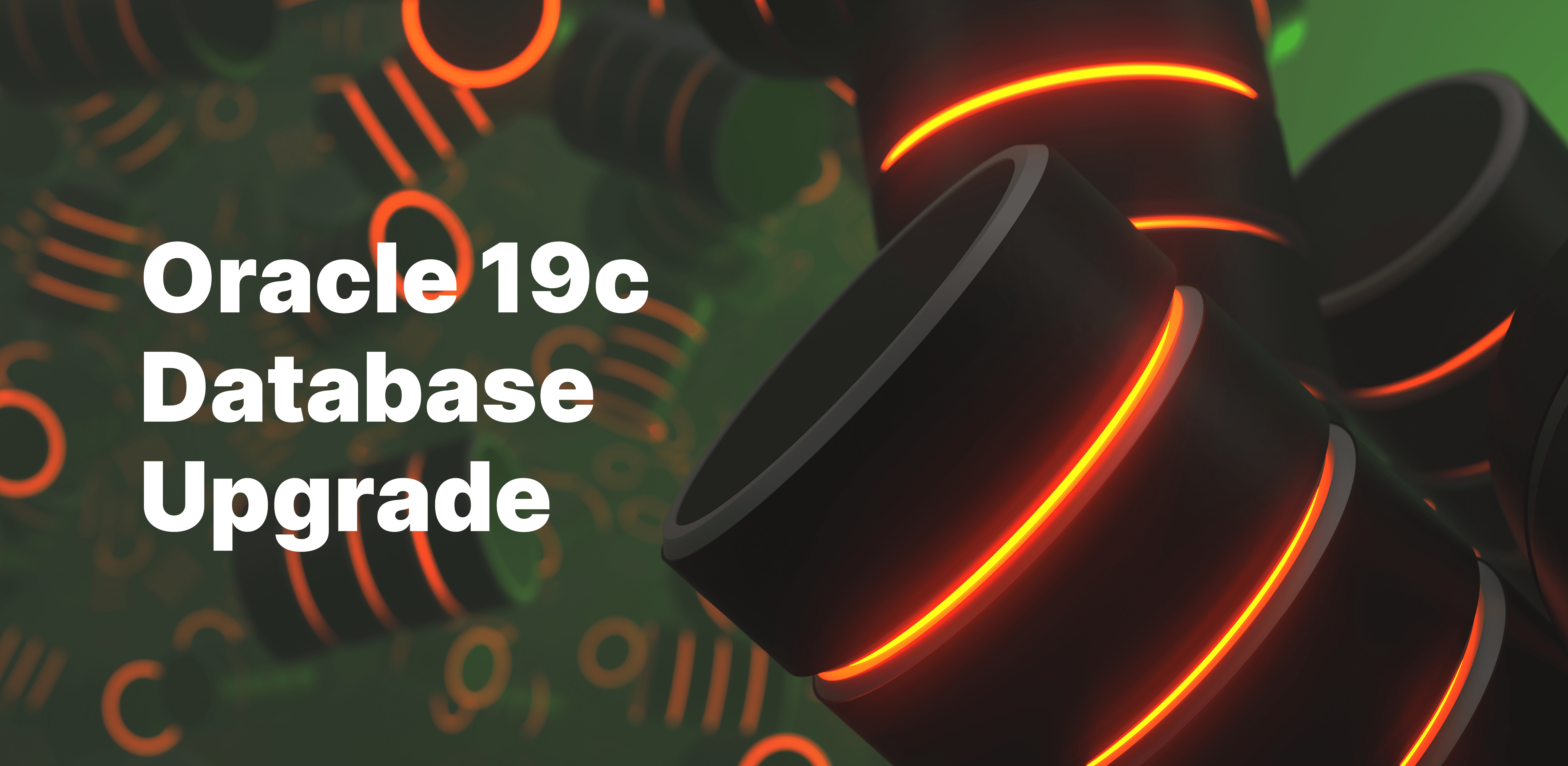Azure Cloud Migration - Operating in the Manufacturing Industry. From a Private to Public Cloud
-
Denis Dal Molin
- 26 May, 2023
- 08 Mins read
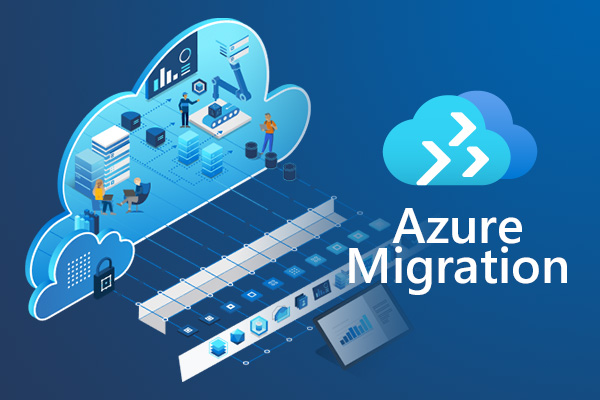
Azure Cloud Migration - Operare nel settore manifatturiero. Da un cloud privato a uno pubblico aziendali
**[Versione italiana di seguito]**
**Disclaimer: **Many of our customers have confidentiality agreements safeguarding their brand names from commercial purposes. Hence, you may encounter references such as “Client Name Confidential”, or the customer’s industry instead of the customer’s brand name.
In the digital age where companies are increasingly dependent on technology infrastructure, migration to cloud computing is becoming a key strategic choice. In the context of the nonferrous metals industry, a customer (currently managed and fully supported by SORINT.lab's Next Generationed Managed Service) was faced with the challenge of moving its entire infrastructure from a private cloud environment to a public cloud environment, specifically Microsoft Azure.

There was a tipping point in the search for a more modern alternative. The legacy infrastructure could no longer fully meet expectations in terms of technical support, and performance was no longer acceptable considering what were also current maintenance costs.
Objectives
Aware of the challenge, the company had clear objectives firstly they wanted to reduce and optimize costs and secondly to improve scalability, agility and performance. Initially SORINT.lab conducted an in-depth analysis of specific needs and requirements through an assessment and a series of meetings with the client.
 Next, a cloud architecture was designed by drawing what could be the possibilities aimed at meeting expectations and also considering the technical limits of some services and objects in the cloud. Using the FinOps methodology, we produced an estimate of future costs and calculated the SLA of the entire infrastructure based on what was reported directly from the vendor on a service-by-service basis.
Next, a cloud architecture was designed by drawing what could be the possibilities aimed at meeting expectations and also considering the technical limits of some services and objects in the cloud. Using the FinOps methodology, we produced an estimate of future costs and calculated the SLA of the entire infrastructure based on what was reported directly from the vendor on a service-by-service basis.
Adopted Approach
Among the main challenges faced there were data transfer complexity, the need to minimize service disruptions and the careful planning of a safe and reliable rollback plan. The approach chosen was to recreate the environment in parallel with the current one so that extensive testing, tuning activities and operations could be conducted to minimize any potential errors before the actual switch of the new environment to production. Careful planning and effective, ongoing communication was required to ensure that development and testing activities proceeded as smoothly as possible.
The company in parallel devoted resources and time to carefully test and validate the infrastructure being developed in the new public cloud. Various simulations and usage scenarios were run to identify any critical issues.
 The proposed image is for illustrative purposes only
The proposed image is for illustrative purposes only
Thanks to the strategic approach, all activities of parallel development, extensive testing, tuning, and operational readiness paid off. The migration of the cloud infrastructure was meticulously planned and coordinated, enabling a smooth transition without the need for rollbacks or significant changes.
High-Level Design
We relied on the best practices of the Cloud Adoption Framework, which includes proper preparation of the base layer for a robust native cloud infrastructure that scales over time.
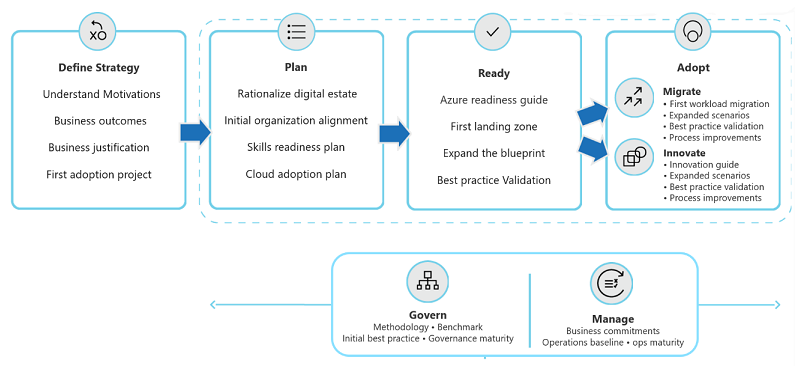 The first key component of the design was the creation of landing zones and management groups in a hierarchical manner so as to enable better separation and management of services. This also ensures an orderly and cohesive implementation of the infrastructure by facilitating the management and security of the environments.
The first key component of the design was the creation of landing zones and management groups in a hierarchical manner so as to enable better separation and management of services. This also ensures an orderly and cohesive implementation of the infrastructure by facilitating the management and security of the environments.
SOn the networking part, a Hub & Spoke model was created whereby a central "hub" serves as the point of aggregation and distribution of traffic among the various "spokes." The spokes are the subnets that host company-specific workloads. Proper subnetting and this methodology also simplify connectivity between different environments.
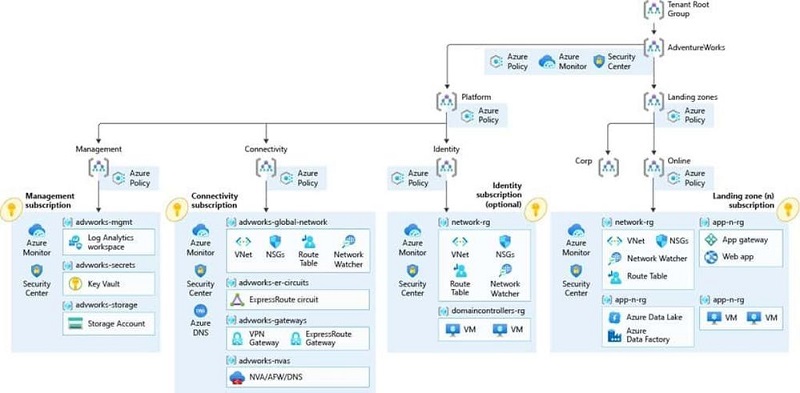
Given the need to meet tight timelines due to the expiration of the existing contract with the current private cloud service provider, a hybrid approach was adopted by combining IaaS and PaaS objects to take full advantage of the benefits of both modes.
To ensure a smooth migration of the Windows Server machines, use was made of the Azure Migrate tool provided by Microsoft. However, for Linux machines, the installed distribution was not supported by Azure Migrate so it was decided to use the opportunity to also perform an operating system upgrade by switching to an Oracle Linux distribution that brought a number of benefits including: increased stability, security and access to updated and supported features. Relative to PaaS services, conversion of several components was done which allowed to reduce operational management and remove some single points of failure.
In detail layer 4 balancers and a reverse proxy with WAF capabilities were implemented to protect the public exposure of the website. NFS storage conversion was performed using Azure Storage Account and a MySQL instance was implemented to host the databases of the various applications.
Related to the monitoring part, with the in-house specialized support team, the current Prometheus system structure was redesigned more efficiently by porting it to containers using Azure Container Instances.
Azure VPN Gateway was used for connectivity, several IPSec S2S tunnels are in place connecting the customer's on-prem site, SORINT.lab for the NGMS support part, and external vendors.
Thanks to Azure Log Analytics Workspace it was possible to have a centralized management of the logs generated by the different resources with the possibility to create custom alerts and refine the current as-is.
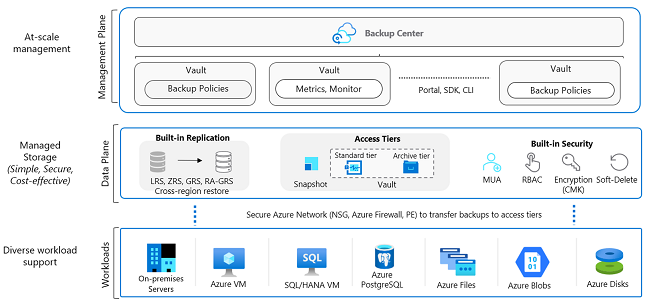 Last but not least Azure Backup, which offers a reliable option for restoring virtual machines when needed.
Last but not least Azure Backup, which offers a reliable option for restoring virtual machines when needed.
Other "side" services implemented are: Azure NAT Gateway, Network/Application Security Group, Azure Private DNS zone & Azure Private Link.
Conslusion
The flexibility offered by Azure has allowed IT resources to be quickly adapted to the company's needs; the customer can benefit from better support and immediate scalability as the company grows.
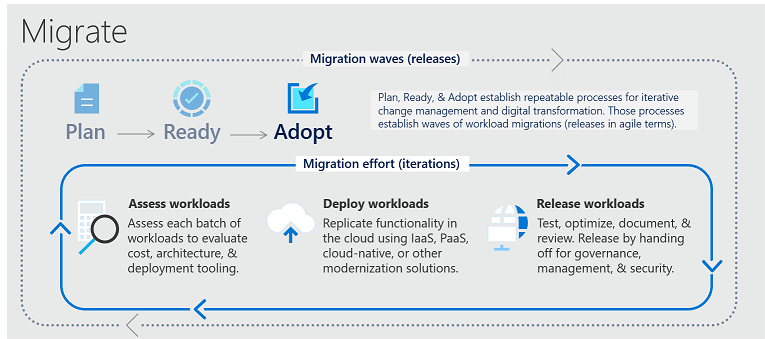
Converting key components to PaaS services has simplified management and reduced the IT team's workload allowing them to focus on value-added activities and business growth.
By implementing this solution, cost savings of about 25% were achieved. Azure also gave the company greater visibility and control over costs, allowing it to reduce waste and optimize resource allocation.
**Avviso: ** Molti dei nostri clienti hanno stipulato accordi di riservatezza che tutelano i loro marchi da scopi commerciali. Pertanto potresti incontrare diciture come “Nome Cliente Riservato” oppure vedrai riportato il settore del cliente invece del suo nome.
Nell'era digitale in cui le aziende sono sempre più dipendenti dall'infrastruttura tecnologica, la migrazione verso il cloud computing sta diventando una scelta strategica fondamentale. Nel contesto dell'industria dei metalli non ferrosi, un'azienda cliente (attualmente seguita e supportata dal servizio NGMS) si è trovata di fronte alla sfida di spostare l'intera infrastruttura da un ambiente di private cloud a un ambiente di cloud pubblico, specificamente Microsoft Azure.

Ci si è trovati davanti a un punto di svolta, alla ricerca di un'alternativa più moderna. L'infrastruttura legacy non era più in grado di soddisfare appieno le aspettative in termini di supporto tecnico e le performance non erano più accettabili considerando quelli che erano anche gli attuali costi di mantenimento.
Obiettivi
Consapevoli della sfida, l'azienda aveva chiari obiettivi, in primo luogo desideravano ridurre e ottimizzare i costi e in secondo luogo migliorare scalabilità, agilità e performance.
Inizialmente, SORINT.lab ha condotto un'approfondita analisi delle esigenze e dei requisiti specifici tramite un assessment e una serie di incontri con il cliente.

Successivamente, è stata progettata un'architettura cloud disegnando quelle che potevano essere le possibilità volte a soddisfare le aspettative e considerando anche i limit tecnici di alcuni servizi e oggetti in cloud. Utilizzando la metodologia FinOps abbiamo prodotto una stima dei costi futuri e calcolato la SLA dell'intera infrastruttura basandoci su quanto riportato direttamente dal vendor servizio per servizio.
Approccio adottato
Tra le principali sfide affrontate c'erano la complessità del trasferimento dati, la necessità di minimizzare le interruzioni del servizio e l'attenta pianificazione di un piano di rollback sicuro e affidabile. L'approccio scelto consisteva nel ricreare l'ambiente parallelamente all'attuale così da poter condurre test approfonditi, attività di tuning e operazioni mirate a minimizzare qualsiasi potenziale errore prima dello switch effettivo del nuovo ambiente in produzione. È stata necessaria una pianificazione accurata e una comunicazione efficace e continua per garantire che le attività di sviluppo e test procedessero nel migliore dei modi.
Parallelamente, l'azienda ha dedicato risorse e tempo a testare e validare attentamente l'infrastruttura in sviluppo nel nuovo public cloud. Sono state eseguite diverse simulazioni e scenari di utilizzo per identificare eventuali criticità.
 l'immagine proposta è solamente a scopo esemplificativo
l'immagine proposta è solamente a scopo esemplificativo
Grazie all'approccio strategico tutte le attività di sviluppo parallelo, test approfonditi, tuning e preparazione operativa hanno dato i loro frutti. La migrazione dell'infrastruttura cloud è stata pianificata e coordinata in modo meticoloso, consentendo un passaggio senza intoppi e senza la necessità di rollback o modifiche significative.
High-Level Design
Ci siamo basati sulle best practices del Cloud Adoption Framework che prevede una corretta preparazione dello strato di base per una solida infrastruttura cloud native che sia scalabile nel tempo.
 La prima componente fondamentale del design è stata la creazione di landing zones e management groups in modo gerarchico così da consentire una migliore separazione e gestione dei servizi. Questo garantisce inoltre un'implementazione ordinata e coesa dell'infrastruttura facilitando la gestione e la sicurezza degli ambienti.
La prima componente fondamentale del design è stata la creazione di landing zones e management groups in modo gerarchico così da consentire una migliore separazione e gestione dei servizi. Questo garantisce inoltre un'implementazione ordinata e coesa dell'infrastruttura facilitando la gestione e la sicurezza degli ambienti.
Sulla parte di networking è stata creato un modello Hub & Spoke che prevede la presenza di un "hub" centrale che funge da punto di aggregazione e distribuzione del traffico tra i vari "spoke". Gli spoke sono le sottoreti che ospitano i carichi di lavoro specifici dell'azienda. Grazie ad un corretto subnetting e a questa metodologia si semplifica anche la connettività tra i diversi ambienti.

Data la necessità di rispettare tempistiche strette dovute alla scadenza del contratto in essere con l'attuale fornitore del servizio in private cloud, si è adottato un approccio ibrido combinando oggetti IaaS e PaaS per sfruttare al meglio i vantaggi di entrambe le modalità.
Per garantire una migrazione senza problemi delle macchine Windows Server, si è fatto uso dello strumento Azure Migrate fornito da Microsoft. Tuttavia, per quanto riguarda le macchine Linux, la distribuzione installata non era supportata da Azure Migrate quindi si è deciso di sfruttare l'opportunità per eseguire anche un aggiornamento del sistema operativo passando a una distribuzione Oracle Linux che portato una serie di benefici tra cui: maggiore stabilità, sicurezza e accesso a funzionalità aggiornate e supportate.
Relativamente ai servizi PaaS, si è fatta la conversione di diversi componenti che hanno consentito di ridurre la gestione operativa e rimuovere alcuni single point of failure.
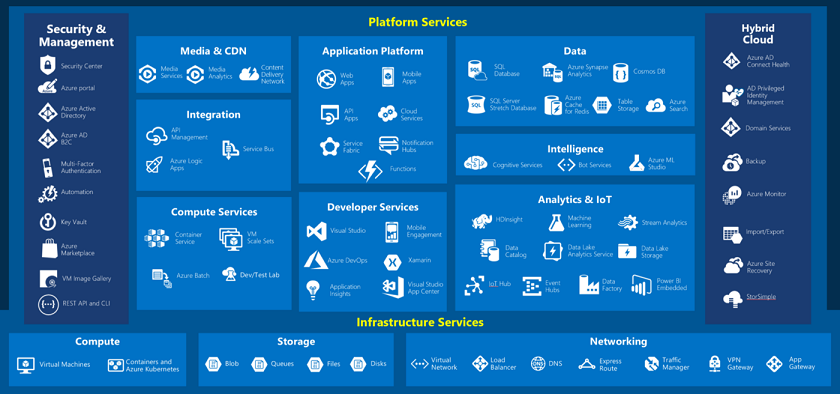
Nel dettaglio si sono implementati dei bilanciatori di livello 4 e un reverse proxy con funzionalità WAF per proteggere l'esposizione pubblica del sito web. E' stata effettuata la conversione dello storage NFS utilizzando Azure Storage Account ed è stata implementata un'istanza MySQL per ospitare i database dei vari applicativi.
Relativamente alla parte di monitoraggio, con il team di supporto specialistico interno, è stata riprogettata in modo più efficiente l'attuale struttura del sistema Prometheus portandola su container tramite Azure Container Instances.
Per la connettività si è fatto uso di Azure VPN Gateway, sono in essere diversi tunnel IPSec S2S che collegano la sede on-prem del cliente, Sorint per la parte di supporto NGMS e fornitori esterni.
Grazie ad Azure Log Analytics Workspace è stato possibile avere una gestione centralizzata dei log generati dalle diverse risorse con la possibilità di creare alert personalizzata e affinare l'attuale as is.

Ultimo ma non per importanza Azure Backup che offre un'opzione affidabile per il ripristino delle macchine virtuali in caso di necessità.
Altri servizi "di contorno" implementati sono: Azure NAT Gateway, Network/Application Security Group, Azure Private DNS zone & Azure Private Link.
Conclusione
La flessibilità offerta da Azure ha consentito di adattare rapidamente le risorse informatiche alle esigenze dell'azienda, il cliente può beneficiare di un supporto migliore e di una scalabilità immediata in caso di crescita dell'azienda.

La conversione di componenti chiave in servizi PaaS ha semplificato la gestione e ha ridotto il carico di lavoro del team IT, consentendo di concentrarsi su attività a valore aggiunto e sulla crescita del business.
Con l'implementazione di questa soluzione, è stato possibile ottenere un risparmio di circa il 25% sui costi. Azure ha inoltre offerto all'azienda una maggiore visibilità e controllo sui costi, consentendo di ridurre gli sprechi e di ottimizzare l'allocazione delle risorse.
